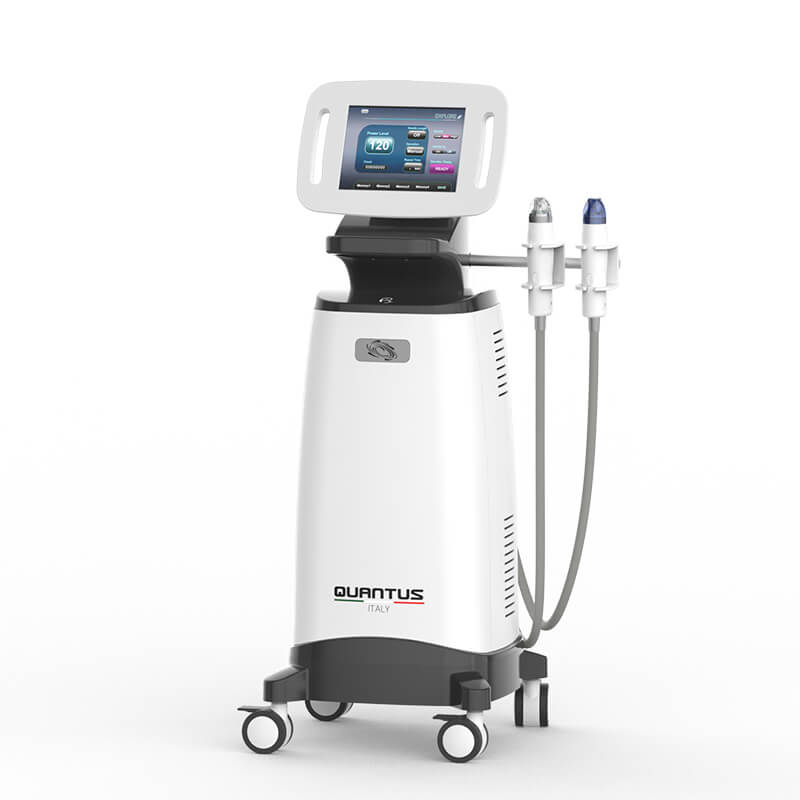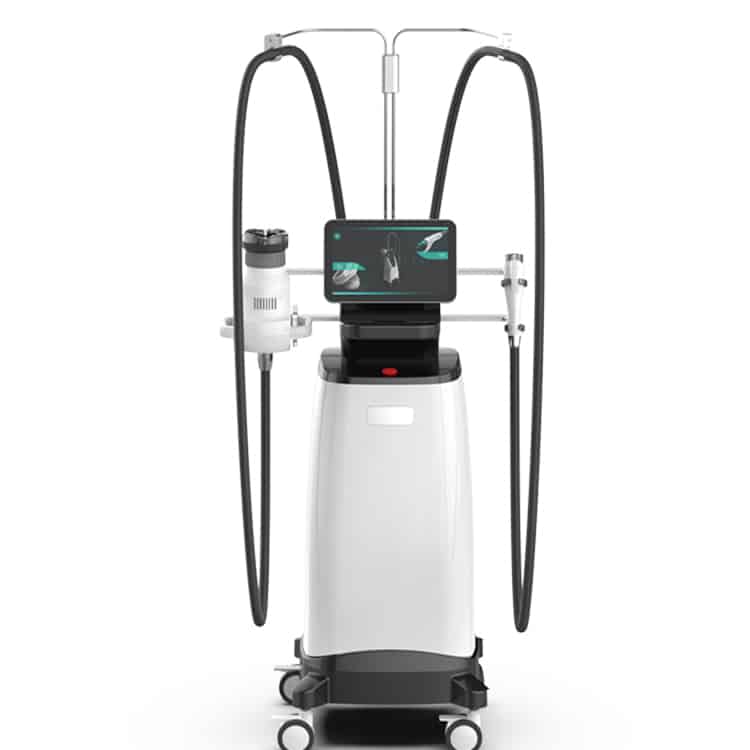Microneedling Treatment: All You Need to Know

Microneedling is a prominent skin therapy that uses a tool with tiny needles to develop micro-injuries on the skin’s surface. This process promotes the body’s all-natural recovery reaction, resulting in boosted skin appearance, reduced acne scars, and fewer creases.
While microneedling can be a reliable treatment, many people hesitate to try it because they are stressed over the pain. If you’re one of them, here are some ideas on how to ease microneedling pain:
1,Make use of a numbing cream: Applying a numbing lotion to the microneedling treatment area can help reduce discomfort during the procedure.
2,Take medicines: Over-the-counter painkillers like ibuprofen or acetaminophen can aid if you’re still feeling discomfort.
3,Deep breathing: Taking deep breaths can help you unwind and sidetrack you from the discomfort.
Now, you could question how poor microneedling can be without numbing lotions. While it’s real that some people find the therapy uneasy, it’s usually not considered agonizing. Nevertheless, everybody’s pain tolerance varies, so talking to your skincare expert about your worries is ideal.
After microneedling treatment , your skin will undergo a recovery procedure. The size of time it takes to heal depends on your skin type and the length of the needles used throughout the procedure. Typically, it takes about a couple of days for the soreness and swelling to subside; however, it can take up to a week for the skin to heal.
One worry people have is whether or not they will haemorrhage throughout the treatment. While seeing some minor bleeding is feasible, it’s not typical. The needles used in microneedling are tiny, and they only penetrate the leading layer of skin, reducing the risk of blood loss.
1,An additional worry individuals have whether microneedling can harm facial nerves. While it’s feasible to experience momentary feeling numb or tingling after the treatment, the danger of permanent nerve damage is very low.
2,After microneedling, it’s essential to care for your skin to ensure proper healing. Right here are some points to stay clear of:
3,Don’t use rough skincare products: Avoid using items containing retinoids or acids for at least 48 hours after the treatment.
4,Don’t touch your face: Avoid touching your face for at least 24 hrs after the therapy to avoid introducing microorganisms to the area.
5,Do not go in the sunlight: Avoid direct exposure for a minimum of 48 hours after the therapy, as your skin will be much more sensitive to the sun’s rays.
Regarding your diet regimen, it’s ideal for preventing spicy or acidic foods for at least 48 hours after the therapy, as they can aggravate the skin.
Many people call for numerous sessions of microneedling to see considerable improvements in their skin. The number of sessions called for depends on your skin’s condition and your desired results. On average, individuals have three to 6 sessions spaced four to six weeks apart.
It’s usual to experience some redness and swelling after microneedling. It’s regular to blush or flush for a few hrs after the treatment. If you experience long-term inflammation or pain, call your skin care specialist.
It’s feasible for your skin to peel after microneedling. Peeling is a sign that your skin is regenerating, so it’s nothing to bother. Just be sure to prevent picking at your skin or using harsh products, as this can prolong the recovery process.
To conclude, microneedling is a risk-free and reliable skin therapy that can boost skin appearance, minimize acne marks, and lessen creases.



